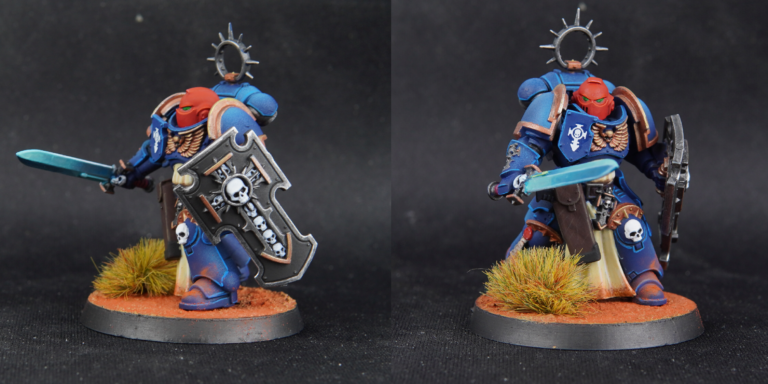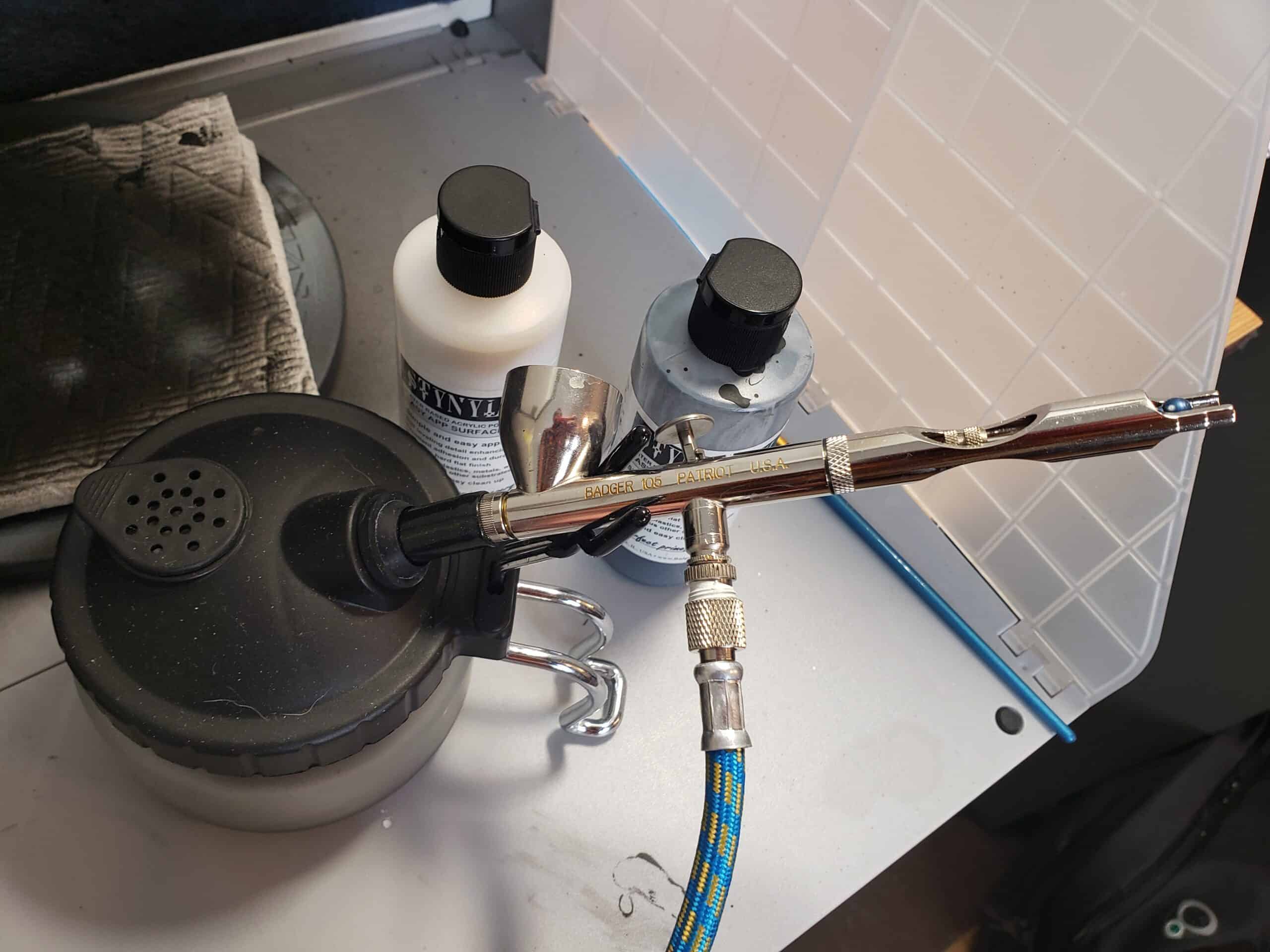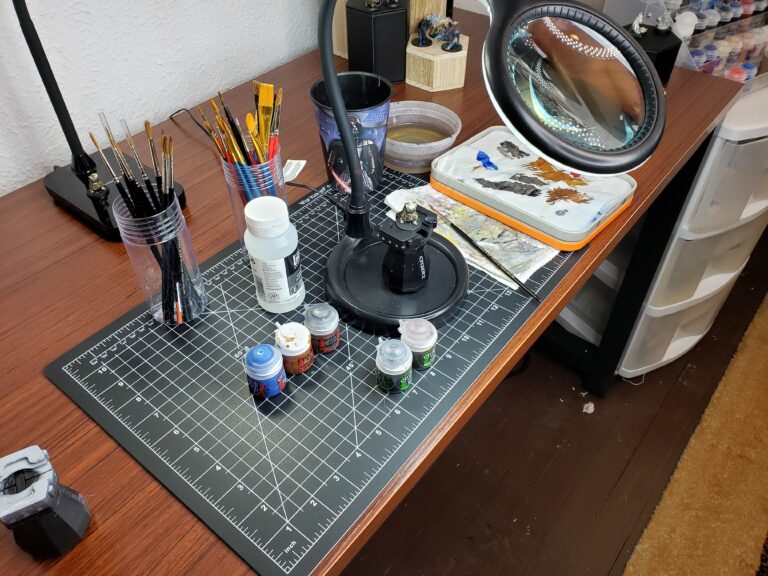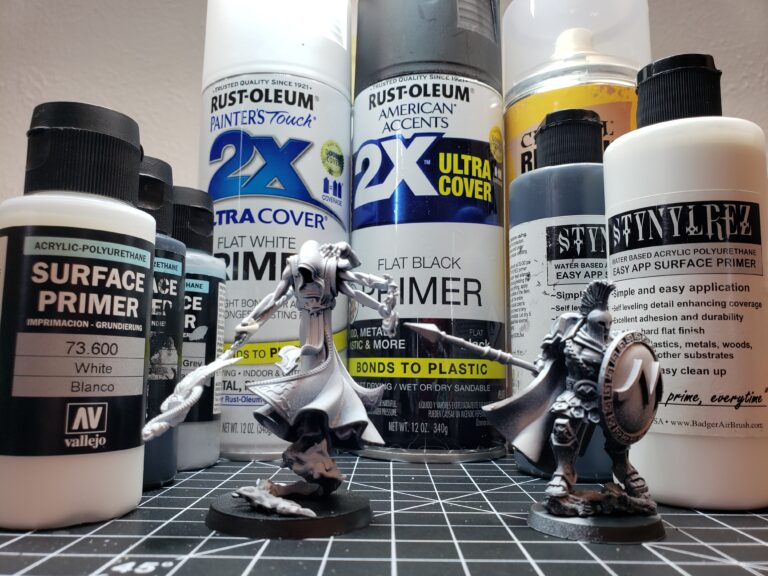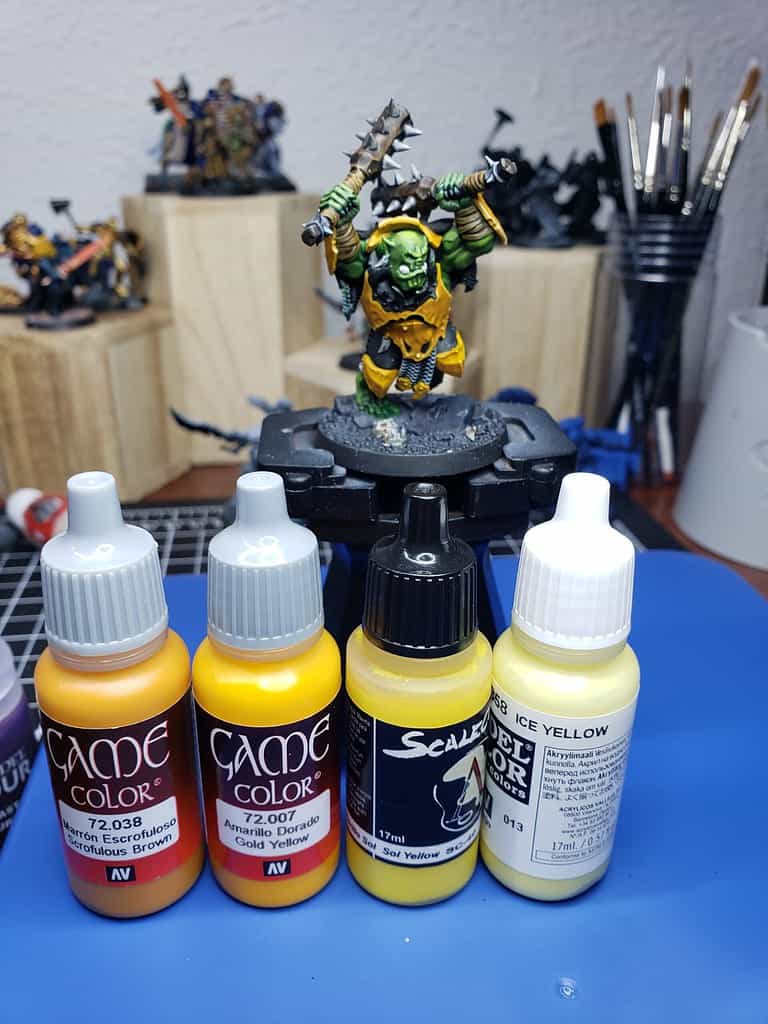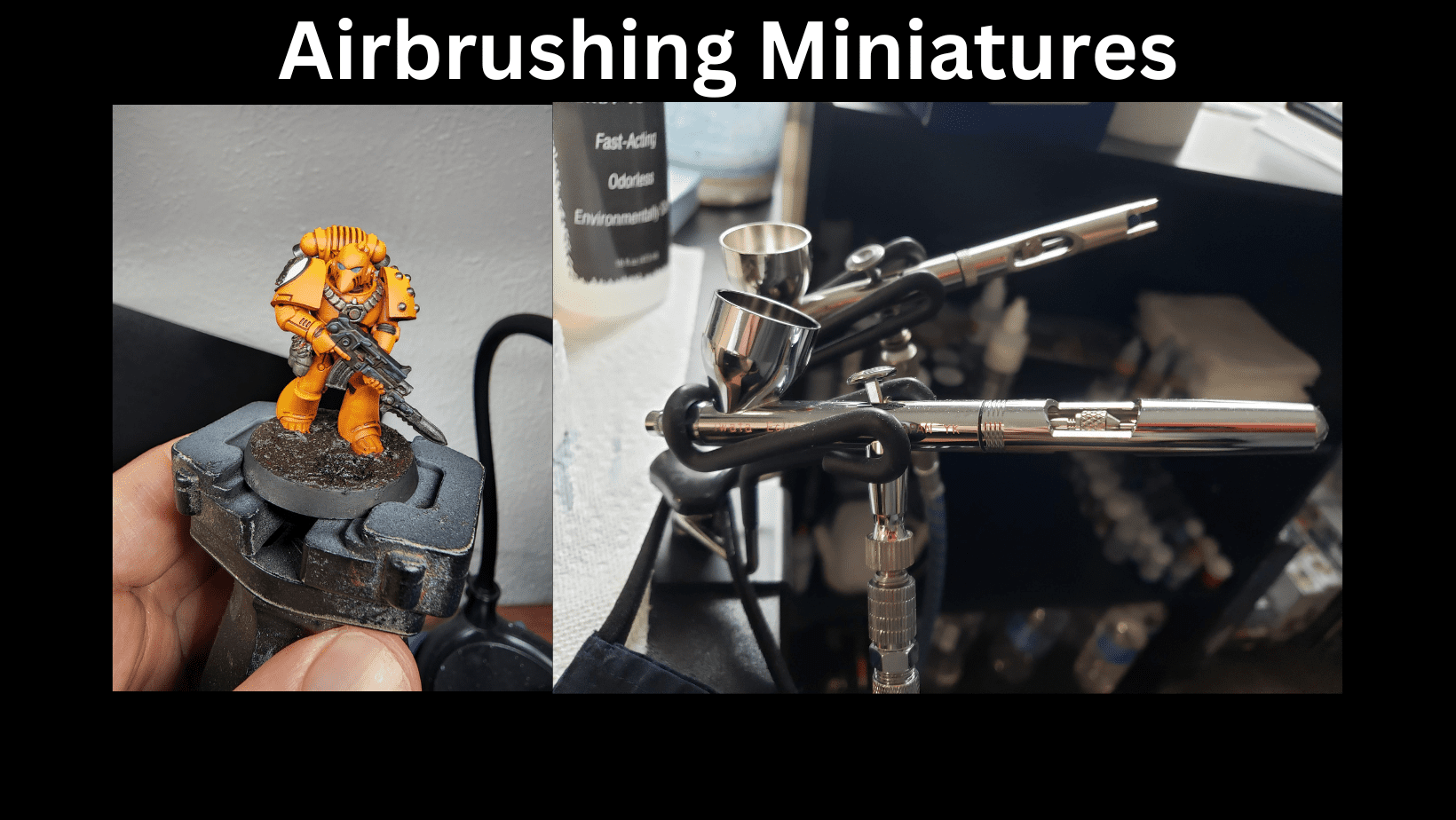Does an Airbrush Compressor Need a Tank? (What the Tank Does)
Mine has one, but it’s not essential depending on your needs
No, you do not absolutely need a tank on your airbrush compressor. The airbrush will function without a tank. The tank gives you three benefits: Steady air pressure, increased durability of the compressor, and reduces the moisture from the air compression.
For miniature and model painting a compressor with a tank is highly recommended, but not essential. The purpose of the tank is to add stability to the air pressure. For more intricate and delicate artwork, stable air pressure yields more consistent results. For simple priming or varnishing it is less important. In either case the added cost of the tank is considered a good value.
Another benefit of the compressor tank is allowing the motor to shut off even if the airbrush is still in use. Once the tank fills it can supply air for a while without the compressor having to kick back on. This makes it more efficient, and stable.
What Are The Cost Differences With a Tank and Tankless Air Compressor?
At the value range of compressors it’s about a $40 – $50 dollar option to get a tank. For example the Master Airbrush tankless is $89, and the version with a tank is $139. A Timbertech tankless compressor is $61. A similar model with a tank is $109.
The airbrush compressor I use is currently sitting at roughly $82 and it has a tank, pressure gauge and moisture trap. I’ve been using it for 5 years and it’s going strong. It is slightly louder than the newer models, I measured mine at 68 decibels (they measure 59). Other brands give a rating of 47 decibels, but I’m guessing they might be higher depending on where you put them and the surface it rests on.
In terms of sound there should be very little difference in a tank or tankless air compressor.
What Features Are Important On an Airbrush Compressor?
The most impactful features to look at in an airbrush compressor are:
Power: ⅕ HP is plenty for airbrushing miniatures and models or other craft painting.
Pressure Gauge: You want to be able to regulate how much air pressure is being applied to the airbrush. This is highly recommended.
Moisture Trap: My personal opinion is that this does next to nothing so far as I can tell. That said, mine has one and most compressors do come with it. If anything a bit of moisture with acrylic paints wont do much harm.
Air Tank: As mentioned above it’s not essential but it is highly recommended for miniature painting. Uneven pressure when doing fine detail work would suck. If you’re just priming or varnishing and never intend to do any more than that, might not be a big deal to skip it.
Heat Sink: Most compressors are extremely similar in design, and rebranded to suit the sellers. For that reason you’ll see a lot of the same features. A heat sink is one of them. It purports to dissipate heat from the motor and preserve the life of the mechanism. Another non-essential, but most come with one.
What Other Components Are Needed or Useful for My Airbrush Set Up?
Once you have your air compressor and airbrush, the only other essential item is a hose. Airbrush hoses are a standard size of ⅛ inch BSP connectors. There are also ¼ inch BSP connections. One example is the Badger airbrushes which typically need an adaptor to allow them to fit the ⅛ standard size hoses.
Another add on I use is a hose splitter, which connects right to the main compressor and allows me to use 2 hoses for 2 airbrushes at once. So I have my Badger Patriot 105 and my Iwata HP-CS airbrush constantly connected to the compressor. I can switch between them very easily this way, or just grab the one I want without having to connect it.
Quick Disconnect adapters are also available, to let you quickly swap airbrushes.
Lastly, I have an Airbrush Holder that I keep both my airbrushes on.

